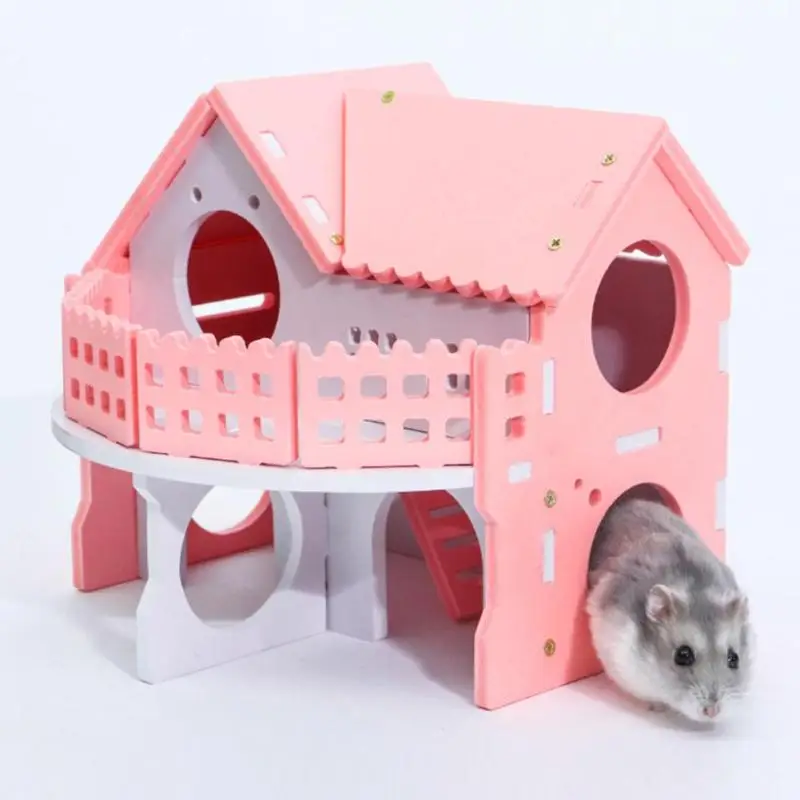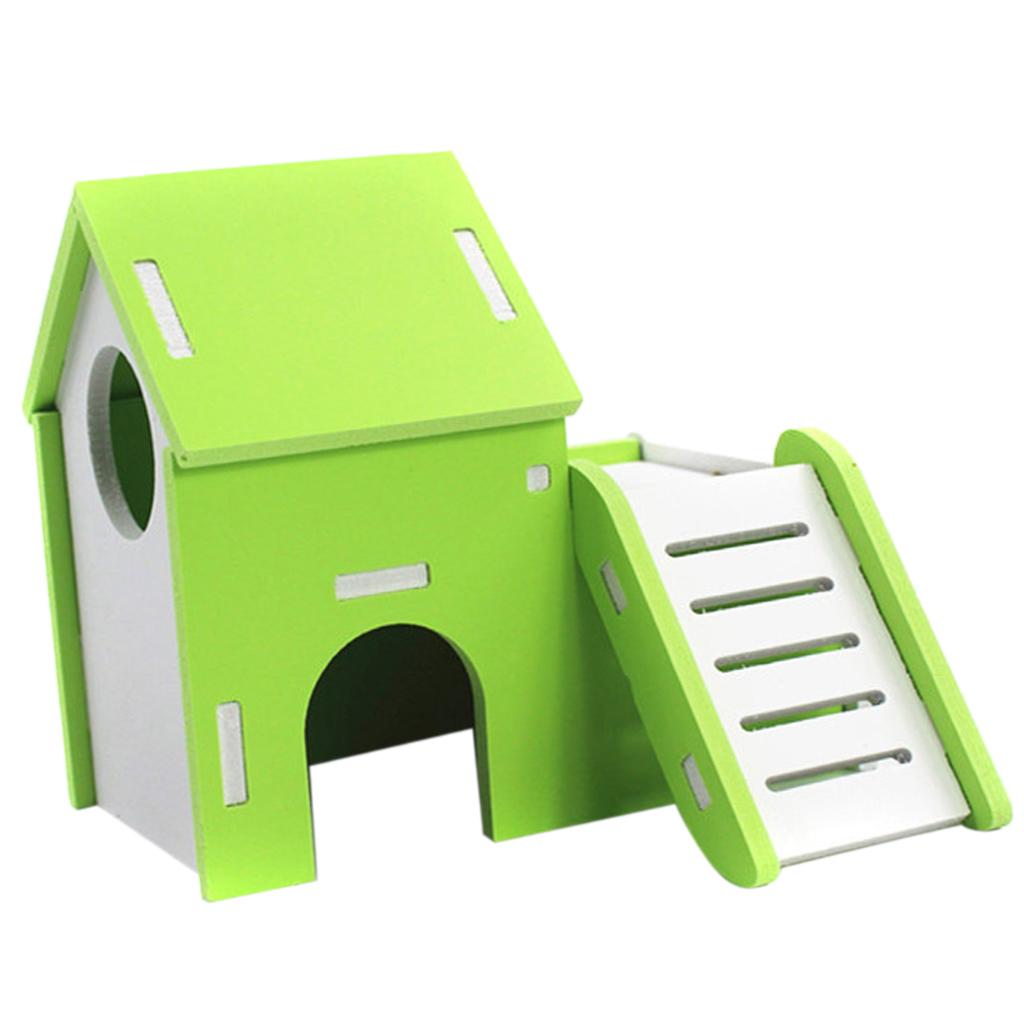
Arm it – do not do this before you have laid the trap down or run the injury risk. Put the traps tight against a wall if possible too. Go for places that restrict movements to ensure the mice have to walk over the trap to continue the journey. Place the trap down – Pick areas where you have seen some mouse activity. Bait the trap – Apply enough peanut butter to tempt the mice. Pick your trap – I go for snap traps or multiple mouse traps to target multiple mice. I appreciate there is a lot of info above, so here it is again with fewer details: You should also consider laying down the mouse traps in common hiding places for mice in your home. To increase the chances of successfully capturing a mouse, lay the traps in areas you know they have been! The best way to set a mouse trap is in a place where you have either seen a mouse, or seen evidence of mouse activity. What do you do when you catch a live mouse in a trap? How do you dispose of a live mouse?īefore laying down your mouse traps, take a journey around your home to identify the areas that show mouse activity. I have detailed common reasons why mouse traps disappear right here. There are some issues that you need to be aware of when checking your traps. Not only that, but if you are using certain foods to bait the mouse trap, you may need to replace them. You must check the traps every 1 day to see if you have caught a mouse. 
The springs are tight, and the force is enough to injure any appendage you are unlucky enough to catch in it!Īssuming you have set it up and baited it correctly, and assuming that you actually have mice to catch, then there is a high chance that you will catch a mouse within 1 day. These mouse traps are designed to break the neck of a mouse.

This is where you need to be extremely careful. Once your mouse trap is in place it is time to arm it! You MUST lay down the traps before arming them!






 0 kommentar(er)
0 kommentar(er)
